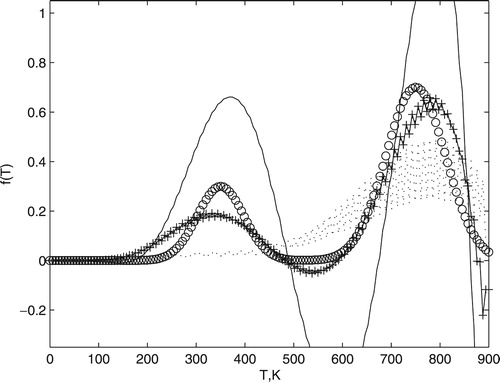Figures & data
Figure 1. Comparison between exact (circle) and simulated (star) power spectrum radiated. The error bar represents the variation coefficient of , for values of ν between 0 and
Hz, and
, for values of ν between
Hz and
Hz.
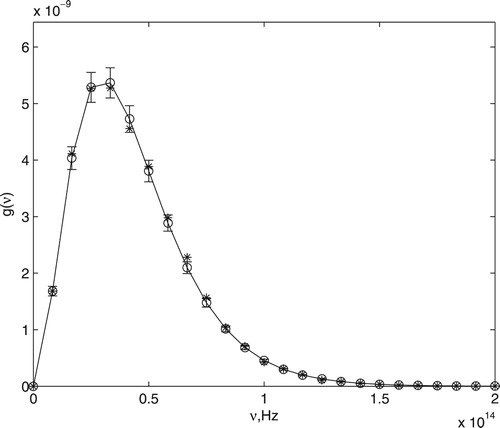
Figure 2. Comparison between exact (circle) and computed temperature distribution. The dotted line was obtained by Equation (Equation2(2)
(2) ) with
and
and continuous line by Equation (Equation2
(2)
(2) ) with
and
. Cross marker is the solution found by Equation (Equation7
(7)
(7) ) with
. All these results were obtained using
.

Figure 3. The L-curve for Equation (Equation2(2)
(2) ) with
and
(continuous line) and Equation (Equation7
(7)
(7) ) with
(dotted line). The points marked by the square and the circle correspond to the regularization parameters of
using Equations (Equation2
(2)
(2) ) and (Equation7
(7)
(7) ), respectively. The result obtained by
and
is shown by triangle symbol.
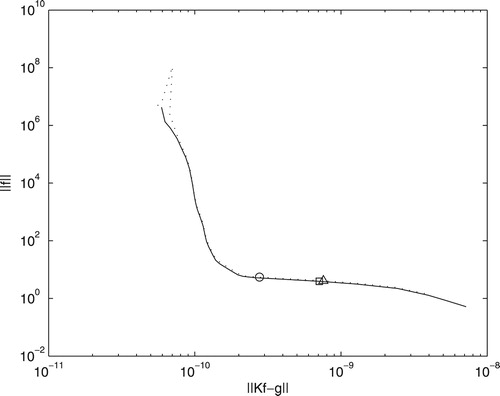
Figure 4. Comparison between exact (circle) and two computed temperature distribution. Cross marker is the solution found by Equation (Equation7(7)
(7) ) with
and
. Triangle marker is the solution found by Equation (Equation7
(7)
(7) ) with
and
.

Figure 5. The exact temperature distribution (circle) and the results obtained with dimension of the matrix K (star) and
dimension of the matrix K (triangle). All these results were obtained using
and
.
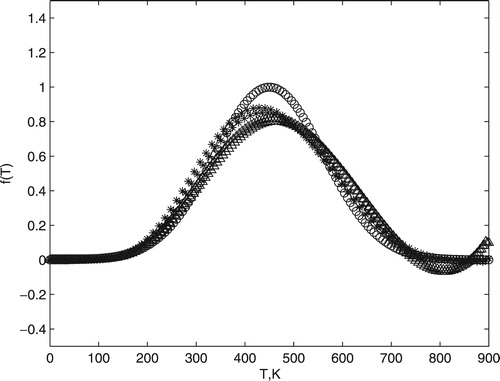
Figure 6. The Euclidian norm of the first-order derivative of the solution obtained by Equation (Equation7(7)
(7) ) for different values of α, at fixed λ.
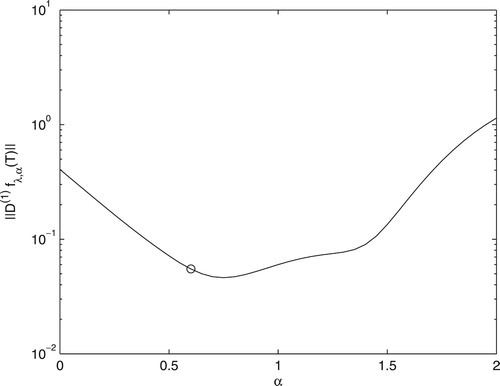
Figure 7. The triangle represents the residual to the result obtained by Equation (Equation2(2)
(2) ) with
and
and the circle represents the residual to the result obtained by Equation (Equation2
(2)
(2) ) with
and
. The square is the result to Equation (Equation7
(7)
(7) ) with
. The error bar represents the variation coefficient of
, for values of ν between 0 and
Hz, and
, for values of ν between
and
Hz.
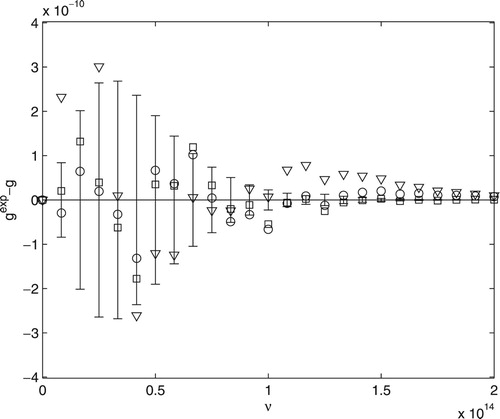
Figure 8. The exact temperature distribution (Equation (Equation14(14)
(14) )) is shown with circle marker and compared to different computed results. The dotted line was obtained by Equation (Equation2
(2)
(2) ) with
and
and continuous line by Equation (Equation2
(2)
(2) ) with
and
. Cross marker is the solution found by Equation (Equation7
(7)
(7) ) with
. All these results were obtained using
.
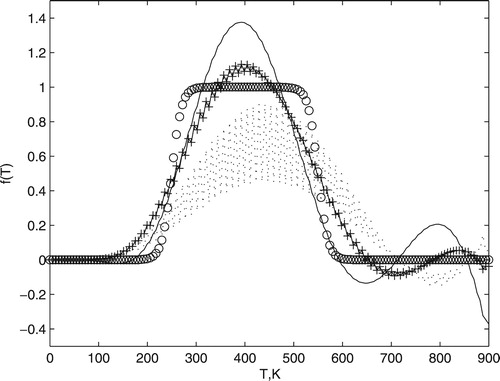
Figure 9. The circle marker is the exact temperature distribution (Equation (Equation15(15)
(15) )). The dotted line was obtained by Equation (Equation2
(2)
(2) ) with
and
and continuous line by Equation (Equation2
(2)
(2) ) with
and
. Cross marker is the solution found by Equation (Equation7
(7)
(7) ) with
. All these results were achieved using
.
